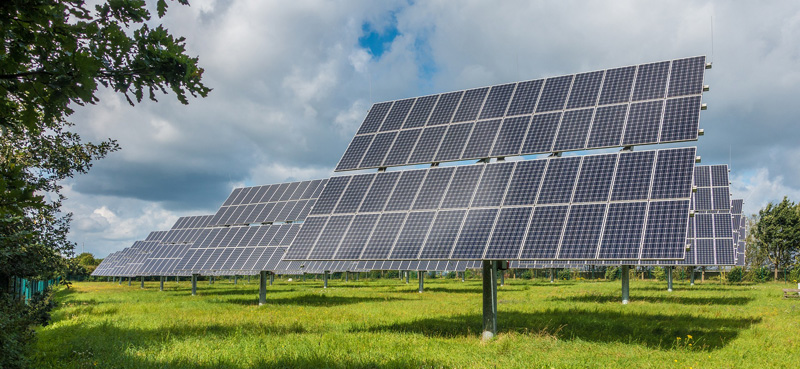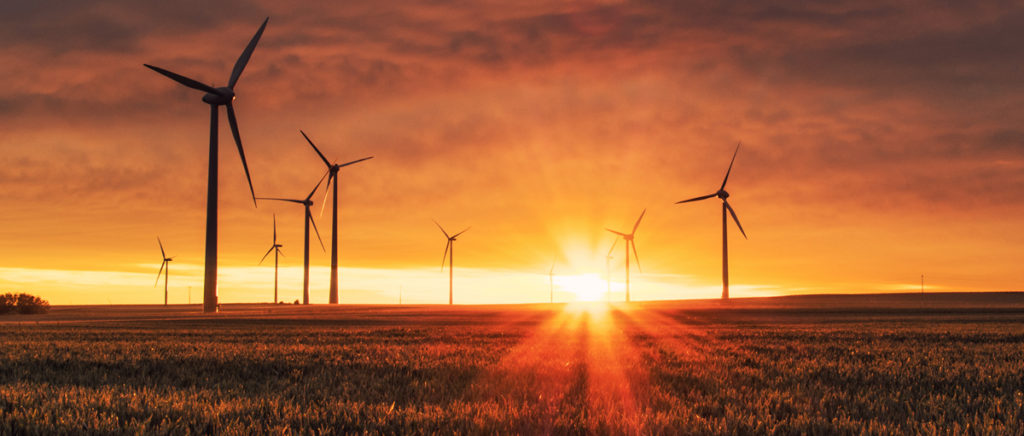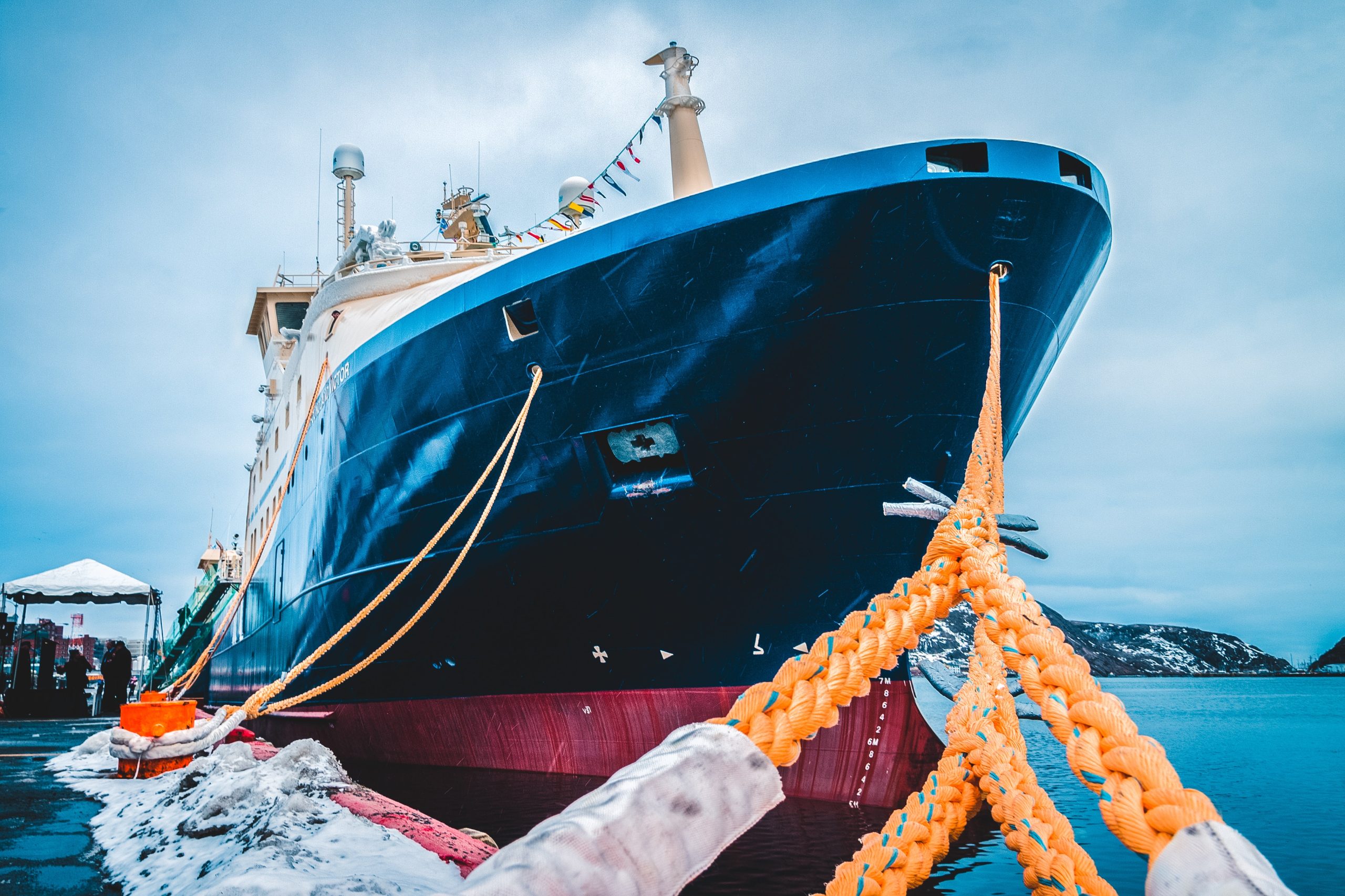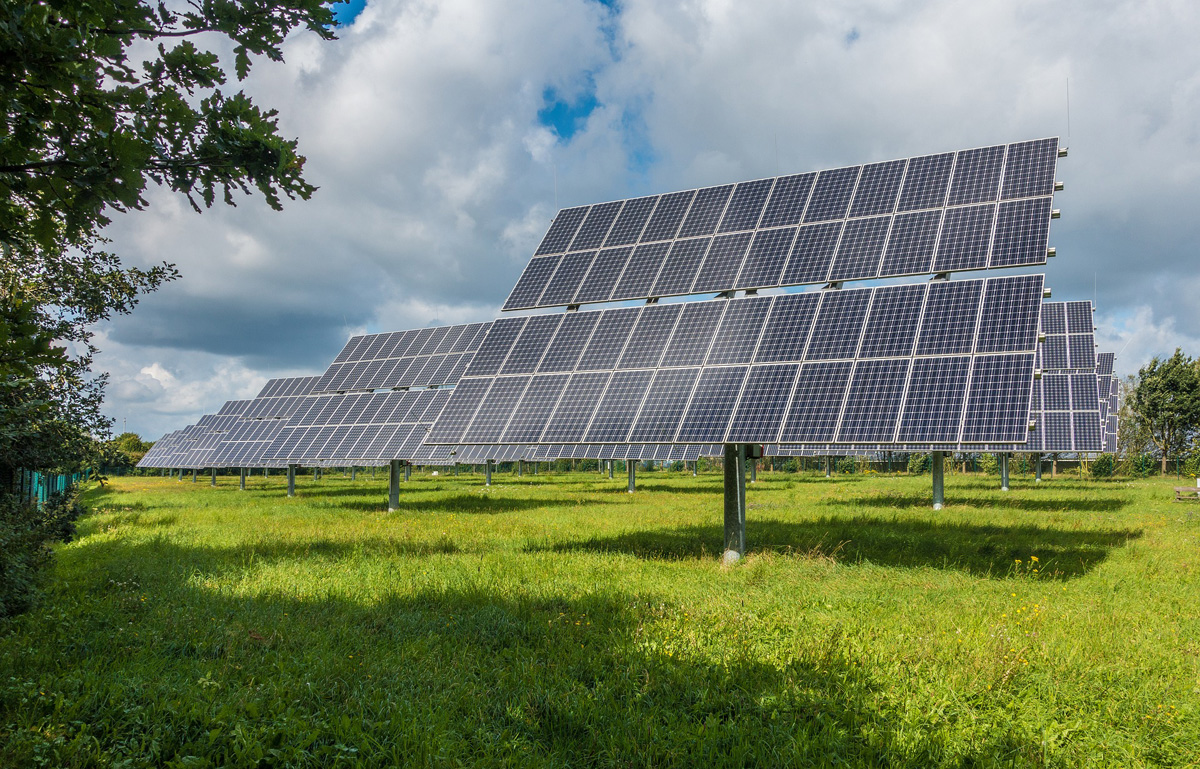ARE WE ON TRACK TO MEET SOLAR POWER TARGETS?

MAXIMISING EFFICIENCIES TO MEET RENEWABLE TARGETS
In April 2023, a report published by the House of Commons stated that, at the UK’s current pace of change, it will miss its target of decarbonising the power sector by 2035. As the UK fights to secure its energy supply, what progress is being made in the renewable sector, and what needs to change? In this article, Simone Bruckner, managing director of resistor manufacturer Cressall, explores.
More and more applications are going electric. Whether it’s the cars we drive or the heat pumps in our homes, rising electrification is putting more pressure on the grid. In fact, the UK’s electricity demand is expected to double by 2035.
60 per cent of our current electricity usage comes from low-carbon sources, which includes renewables and nuclear power. But within the next twelve years, renewables are expected to supply up to 90 per cent of the country’s power if we’re to meet decarbonisation targets. In real terms, this sets a target of around 150 GW of renewable energy. But this is a long way off our current capacity of just 40 GW.
Further efforts to secure the UK’s energy independence while meeting decarbonisation targets have resulted in additional goals. The British Energy Security Strategy has outlined a 50 GW target for offshore wind by 2030, as well as a 70 GW target for solar by 2035.
But with a current solar capacity of just 14 GW, is the UK on track to meet such targets?
DELVING INTO SOLAR
One of the biggest issues faced by those in the solar sector is obtaining planning permissions and approvals. Industry body Solar Energy UK reported back in 2021 that around 17 GW of new projects were in the planning pipeline, with just under 800 MW of new projects entering the pipeline each month. But typically only around 500 MW of capacity is added each year, much lower than the approximate 4.5 GW required to meet the Security Strategy’s 70 GW target.
In Sleaford, Lincolnshire, a 600 MW solar farm able to power 190,000 homes is currently undergoing consultation with local residents. Despite being in talks now, if the plans for the farm are approved, it’s not expected to start construction until at least 2026.
Another problem with solar power is efficiency. Solar panels tend to operate with efficiencies between 15 and 20 per cent, compared to between 30 and 50 per cent for wind. Evidently, there’s improvements to be made to the efficiency of solar power if the UK is to hit its targets. But what can be done?
SAFE, EFFECTIVE MAINTENANCE
Maintenance is a key factor in improving efficiency. Regular cleaning and inspection ensures that the solar panels are working properly. But there might be times when the solar panel needs to be disconnected for more extensive maintenance or repairs, presenting an electrical safety challenge.
While there is still sufficient light, the solar panel will continue to produce electricity. This electricity must be discharged so that the panel can be handled safely. This can be done using a load bank, which dissipates excess electricity to allow safe disconnection, installation, and maintenance of solar panels.
THE BENEFITS OF MOTORISATION
Ground-mounted solar panels have the advantage of space, compared to those fixed onto rooftops. This means that the panels can be tilted and moved with respect to the sun’s position in the sky. An electric drive system is used to move the panels, either along a pre-programmed path or using information obtained via solar radiation sensors.
Moving the solar panels helps to maximise their efficiency throughout the day, as well as accounting for minute changes in the sun’s position and trajectory throughout the seasons. In fact, these systems can increase the output of solar farms by up to 35 per cent.
Motorising solar panels requires electronics that can ensure they move precisely and safely. To achieve this, a dynamic braking resistor (DBR) can be used. A DBR dissipates the excess voltage generated by the motors as they decelerate. As a result, the panels stop exactly when required, resulting in a more accurate positioning.
Though these slight changes in positioning may only be minute, when multiplied across an entire solar farm, they represent a significant proportion of its overall output and efficiency.
Finding suitable resistors for the solar sector can be a challenge. Cressall has vast experience in providing resistors for a variety of applications, including renewables. Offering resistors with no wearing components, they can last as long as the solar panels themselves, minimising downtime.
As deadlines get closer, pressure is mounting to provide a secure supply of green energy. Evidently, governments, planning regulators, energy companies and manufacturers will all have a part to play in the UK’s journey to green energy. As the House of Commons’ report states, the achievement of a decarbonised energy system will not come easily ─ but it is not impossible.



